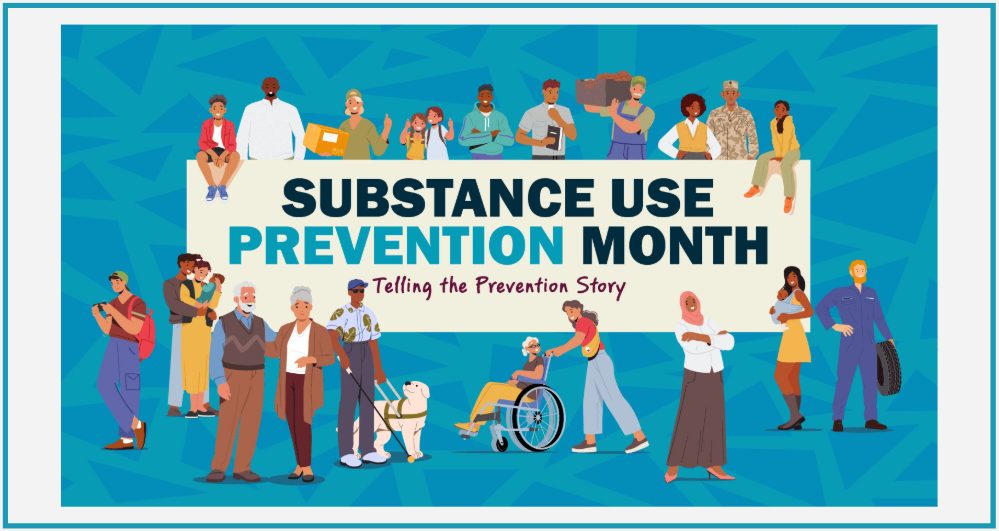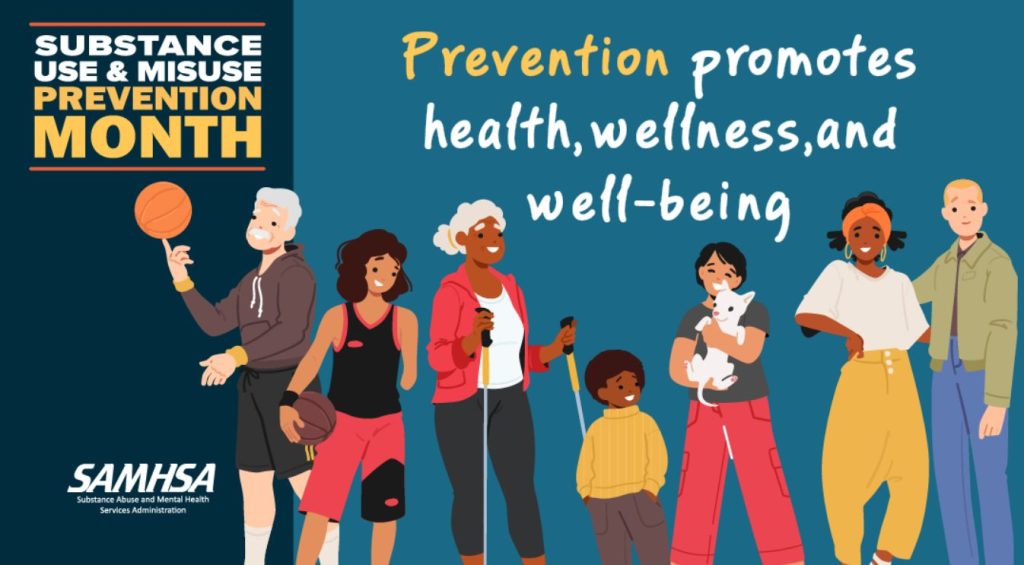October is Substance Use Prevention Month!
in Local Events, Local News, Massachusetts News, National News

October is Substance Use Prevention Month!

October is recognized as National Substance Abuse Prevention Month to highlight the critical role of prevention in combating substance abuse and promoting overall community health. This observance aims to raise awareness about the impact of substance abuse on individuals, families, and communities, and to remember those who have lost their lives to addiction. By focusing on prevention, we can strengthen protective factors and reduce risk factors, ultimately preventing substance use before it starts.
Why does the red ribbon symbolize Substance Use Prevention Month?
The red ribbon symbolizes October’s Substance Use Prevention Month primarily through Red Ribbon Week, which is observed annually from October 23-31. This campaign began in 1985 as a tribute to DEA Special Agent Enrique “Kiki” Camarena, who was killed in the line of duty. The red ribbon was adopted as a symbol to honor his sacrifice and to promote a drug-free lifestyle.
Wearing a red ribbon during this time signifies a commitment to living drug-free and serves as a reminder of the importance of substance use prevention. It also provides an opportunity for communities to come together and reinforce the message of making safe and healthy choices.
Why is prevention so important?
Substance use prevention is crucial for several reasons:
- Health and Well-being: Health and Well-being: Preventing substance use helps protect individuals from the physical and mental health issues associated with substance use disorders. These can include chronic diseases, mental health disorders, and increased risk of infectious diseases.
- Economic Impact: Substance use disorders can lead to significant economic costs, including healthcare expenses, lost productivity, and criminal justice costs. Prevention can reduce these financial burdens on individuals and society.
- Community Safety: Effective prevention strategies can reduce crime rates and improve public safety by decreasing the incidence of substance-related offenses2.
- Quality of Life: Prevention efforts can enhance the overall quality of life for individuals and communities by reducing the negative impacts of substance use on daily activities, relationships, and social functioning.
- Cost-Effectiveness: Investing in prevention is often more cost-effective than treating substance use disorders after they develop. Evidence-based prevention programs can significantly reduce rates of substance use and related problems.
Upstream and Downstream Prevention
Upstream and downstream prevention are two approaches to addressing health issues, each focusing on different stages of intervention:
- Upstream: aims to prevent health problems before they occur by addressing the root causes and social determinants of health. This includes improving living conditions, promoting healthy behaviors, and creating supportive environments.
- Downstream: focuses on managing and mitigating the effects of health problems after they have already developed. This approach includes clinical treatments, rehabilitation, and efforts to prevent complications or recurrence of diseases.
Appropriate and preferred terminology
When referring to someone with an addiction, it’s important to use person-first language. Using these terms helps reduce stigma and promotes a more compassionate and respectful dialogue.
This approach emphasizes the individual rather than defining them by their condition. Here are some preferred terms:
- Person with a substance use disorder instead of “addict” or “junkie”
- Person in recovery instead of “former addict”
- Person who uses a substance instead of “drug abuser”
Parent & Caregiver Resources for Prevention of Substance Use
